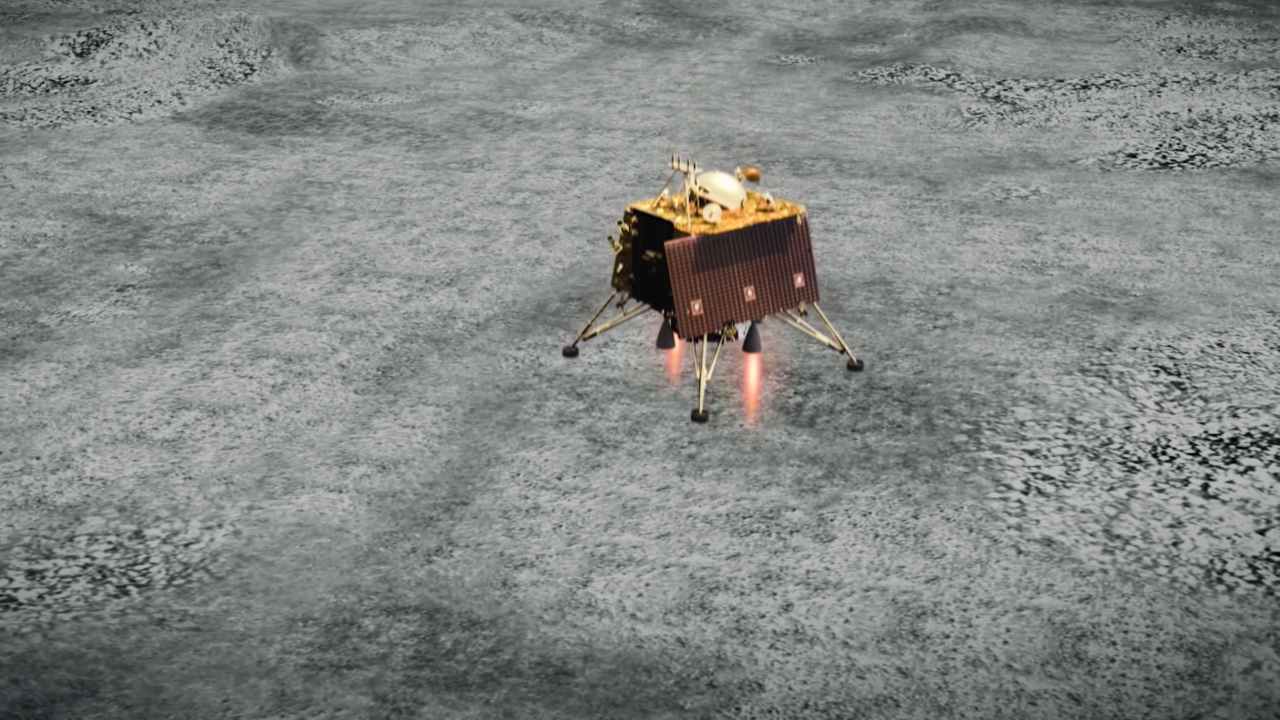Chandrayaan 2 landing date and time, news, latest updates: K Sivan confirms that lander was operating normally till about 2.1 km from the moon’s surface. Communication with the landing module has since been lost. Data from Vikram’s descent is being analysed by the Chandrayaan 2 mission control team at ISRO for clues to the lander’s location, and its health.
Prime Minister Narendra Modi tweeted that he was at the ISRO centre in Bengaluru, joined by 60 children from all over the country that took part in ISRO’s space quiz from August. They won the opportunity to witness the soft-landing of the Vikram Lander on the moon along with the PM of India. Modi has also been tracking Chandrayaan’s progress over the past month and wanted everyone to witness this historic moment in Indian history.
This was India’s second mission to the moon, but its first attempt at soft-land on the moon. The lander Vikram was expected to make its final descent by 1.55 am on 7 September. ISRO’s chairperson K Sivan had described this as the **most "terrifying" 15 minutes of the entire mission** .
[caption id=“attachment_7200881” align=“alignnone” width=“1280”] Chandrayaan 2 composite orbiting the moon before the lander’s separation. Image: ISRO[/caption]
The (surprising) underdog in these final hours, the mission’s orbiter, is still healthy, ISRO confirmed. With a mission life of one year, the orbiter will orbit the moon and map the surface.
Some experts think the landing module didn’t survive the landing, and might have crash-landed. But there’s still no official word from ISRO about the lander’s status.
Pragyan rover
**Pragyan, which means 'wisdom'** in Sanskrit is the rover and the third component of the Chandrayaan 2 mission. The robotic vehicle that will have traversed the lunar surface on six wheels if the lander survived, was painted in the colours of the tiranga. It was expected to travel at speeds slower than a snail – one centimetre per second, with its maximum range being half a kilometre. The rover was equipped with two instruments to test the mineral and chemical compositions of the surface of the Moon along with the soil and rocks. Chandrayaan 1 confirmed the presence of water on the Moon’s surface. The rover will have studied the presence of water on the permanently shadowed parts of the Moon.


)
)
)
)
)
)
)
)
)
)
)



